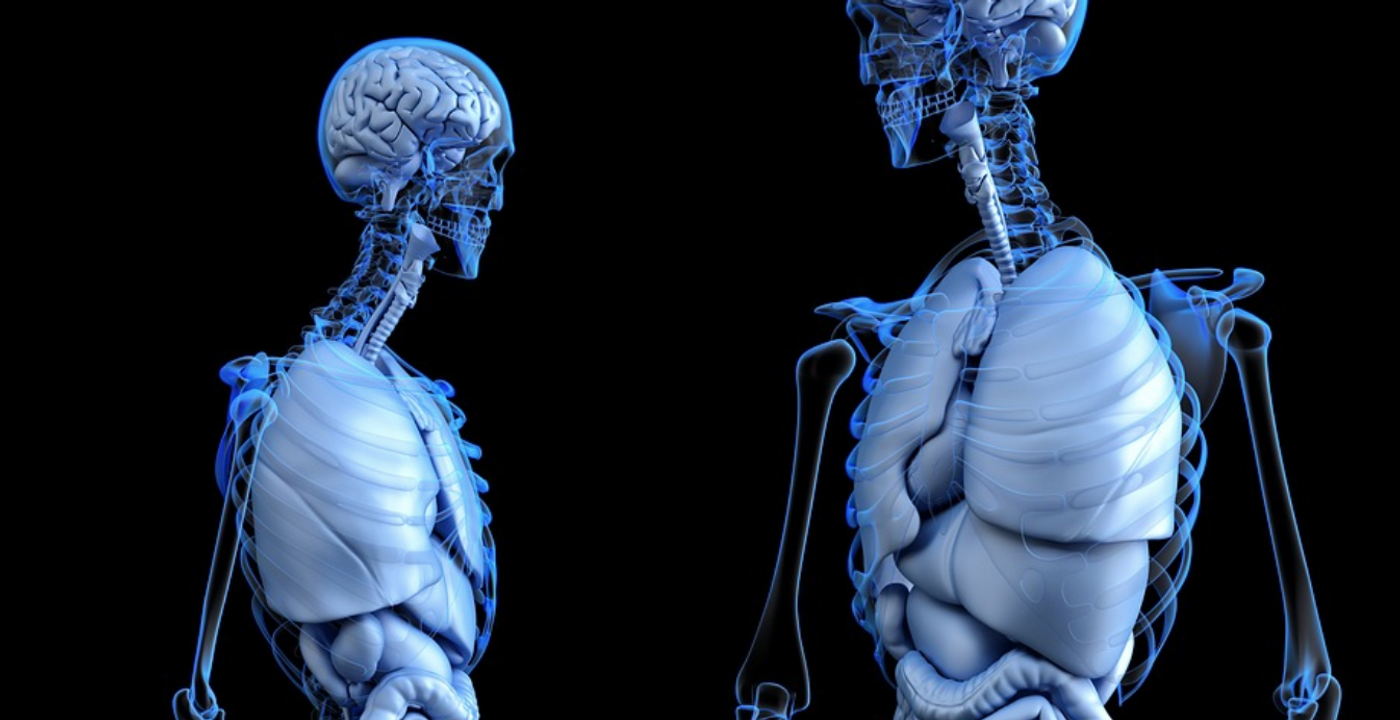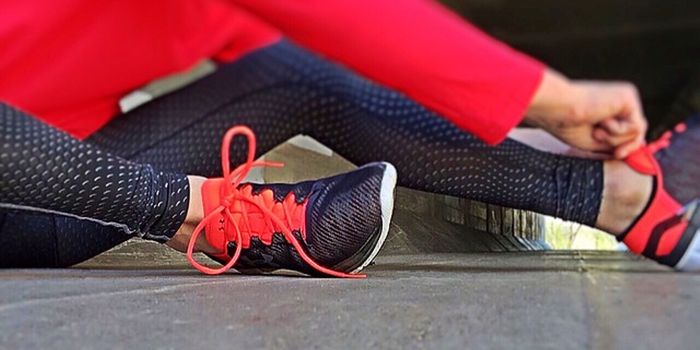Digital Twins Provide Insight Into Inflammatory Disease Treatment
The immune system is incredibly complex, and there are many different signaling molecules and receptors that can dial inflammation up or down. Patients with the same autoimmune or inflammatory disorder, such as rheumatoid arthritis, may have very different symptoms and features of disease. It can be challenging for clinicians to identify the correct treatments for such disorders. So-called digital twins may help in this effort. Scientists have now used digital twins to learn more about the proteins that trigger or deactivate immune disorders. The findings have been published in Cell Reports Medicine, and they may help us get closer to more widespread application of personalized medicines and treatments.
Even when patients with inflammatory disorders are treated with medications, symptoms of these issues, like Crohn's disease, rheumatoid arthritis, and ulcerative colitis, may never be fully alleviated; this can have a devastating impact on the quality of life for people who are constantly suffering from a chronic disease.
In an inflammatory disease, hundreds or even thousands of genes and proteins may be at work in different cell types, interacting in various ways to lead to the symptoms of disease. The biological mechanisms involved may not only be different from one patient to another with the same disease, they may also vary within the same patient from one time to another. Diagnosing disorders like this can be very tough, and may send patients on an odyssey that can take years to resolve. Digital twins, which reconstruct a patient's biology with data, could help reveal the mechanisms and variations, in a patient, and how best to treat them.
Scientists have now shown that pathological changes in biology can be organized into molecular programs that are controlled by only a few proteins that function as on-and-off-switches. Some of these proteins are targets of existing drugs, like TNF inhibitors. These drugs don't work for everyone, however.
"Our analyses of patients who responded or didn't respond to TNF therapy revealed different switch proteins in different individuals," said corresponding study author Dr. Mikael Benson of the Karolinska Institutet. "Another important discovery was that the proteins did not switch off the diseases but were more like dimmer switches that raised or lowered the disease programs."
Physical phenomena, including biological processes, can be modeled with mathematical equations. In a digital twin, the activity of thousands of genes in individual cells of a tissue can be assessed, and modifications can then be made for individual patients. When conditions change because of the influence of something like a drug, the outcome can be examined in the digital twin. Thus, it may be possible to study the effect of various drugs with a digital twin before trying the best option on a patient.
"The methods can be developed to tailor the right combination of drugs for 'on' proteins for individual patients," Benson said. "The programs we describe will be made available to the research community so that more clinical studies can be done of patients with different immune diseases."
In this work, a mouse model of rheumatoid arthritis and the digital twins of human patients with inflammatory diseases were studied. The activity of thousands of genes in tissues like the skin, lungs, liver, and spleen changed in the mouse model, even though only their joints were inflamed, said Benson.
This may be the first study that has revealed the extent of the changes that rheumatoid arthritis can cause in different organs, an investigation that has been hampered by the challenge of sampling many organs at once, Benson added.
Sources: Karolinska Institute, Cell Reports Medicine









